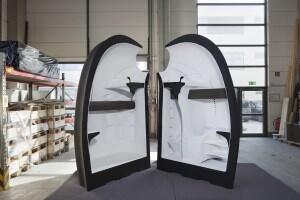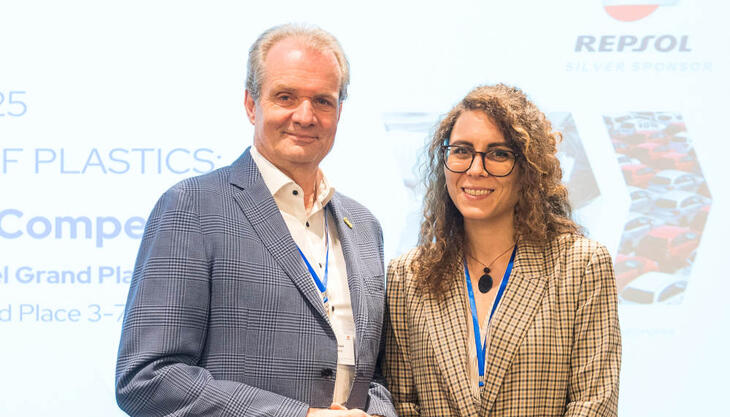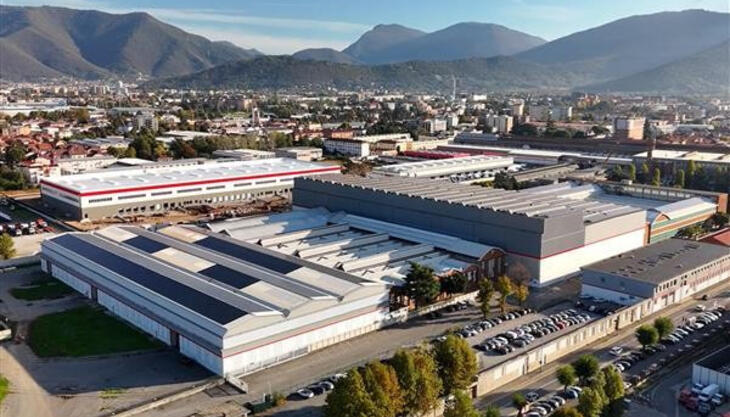The first house printed by 3D technologies

3D printing has become an integral part of architecture. At first there were presentation models, followed by living spaces, and most recently the question was: Who will build the first house using 3D printing technology - and when? Now the guessing game has come to an end: the house has been printed and is located at voxeljet's service centre in Friedberg near Augsburg.
Just how did voxeljet manage to win this race, when the whole world is working on turning this vision into reality? "We 'only' printed the house", says a modest Ingo Ederer, CEO of the company. "The idea and design came from Austrian architect, visionary and cosmopolitan Peter Ebner".
And of course there is a lot of creativity in the design that was created by the architect, who works in Munich and teaches in the US and England, together with his talented students at 3M futureLAB by UCLA + HUD, the University of California, Los Angeles and the Huddersfield University. The house is a completely print-ready unit including toilet, kitchenette, and furniture - all from a 3D printer.
And even though this is not a house with the normal dimensions, but rather a living space reduced to the bare minimum with just a few square meters and a height of approximately three meters, it nevertheless begs the question: what kind of 3D printers can generate sand moulds in these dimensions. The term 3D printer is a great understatement when we talk of voxeljet's large-format machines.
"The VX4000, which generated the two sand moulds for the house, one piece at a time, using the layer building method, is one of the world's largest industrial facilities of this kind with a space requirement of 25 x 12 meters and a height of 4.5 meters. The "printer" is actually a small stand-alone factory that produces components at dimensions of up to eight cubic meters using a fully automated process", says Ederer. "Architectural projects such as this house would be impossible to create using 3D printing technology without such printing systems".
The VX4000 required a total of 60 hours to print the two house halves. Including everything, the printing costs for the spectacular project totalled approximately 60,000 euros. The small house weighs approximately two tonnes. And: It meets all of the requirements imposed by the architect. Peter Ebner is very enthusiastic about the technical execution and the stability of the printing.
















